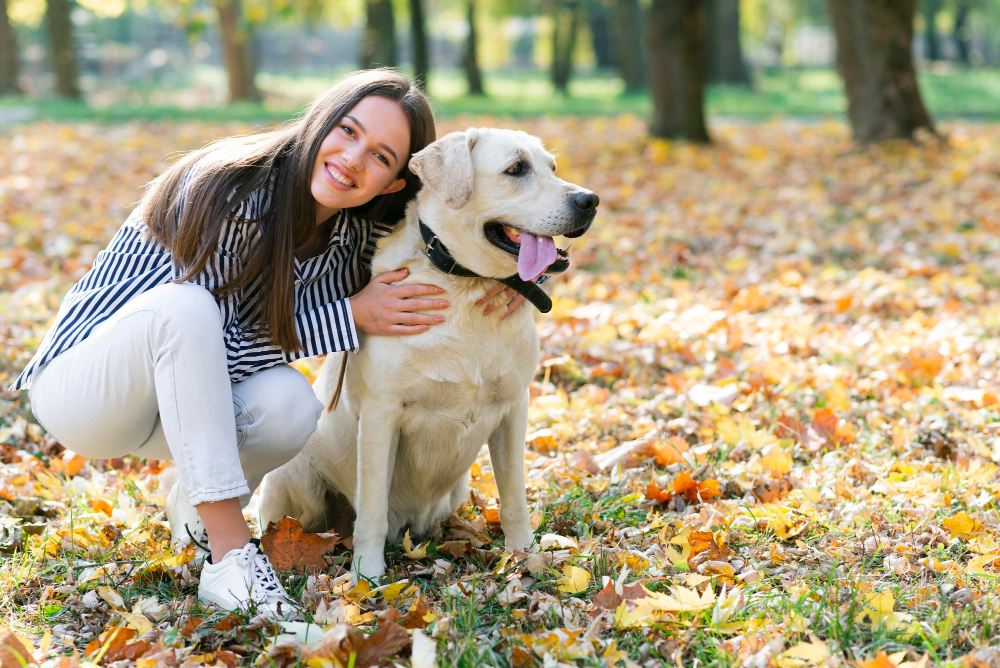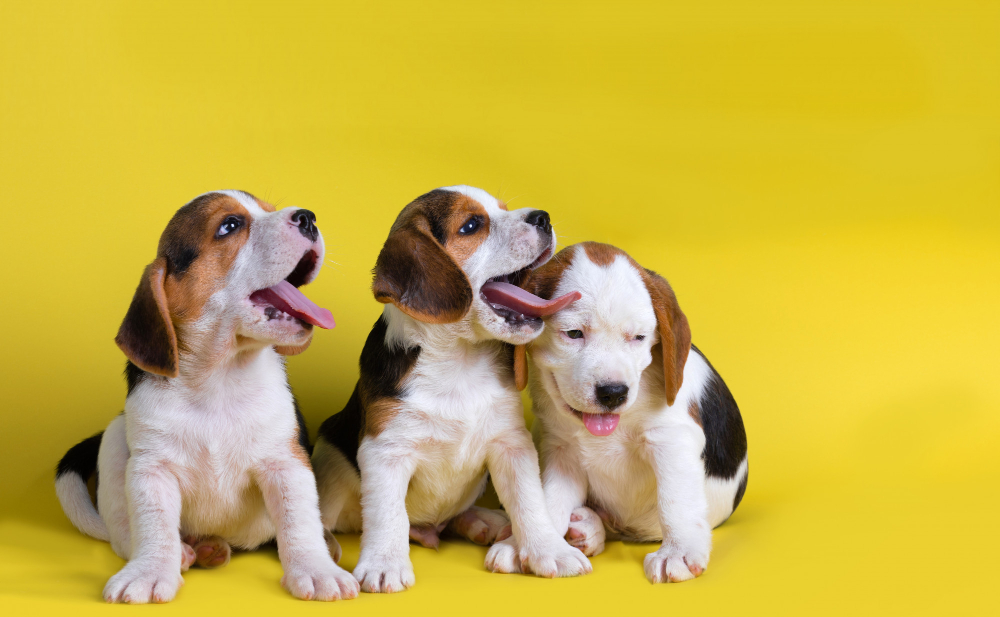Navigating Pet Nutrition: What Every Owner Should Know
Fueling Their Lives: Understanding Your Pet’s Dietary Needs
Just like humans, our pets thrive on a balanced and appropriate diet. However, with the overwhelming array of pet food options available today, choosing the right nutrition for your furry, feathered, or scaled companion can feel like a daunting task. Understanding the basics of pet nutrition is crucial for their long-term health, energy levels, and overall well-being.
The first step is to recognize that different species and life stages have distinct nutritional requirements. A playful puppy needs more calories and specific nutrients for growth than a senior dog. Similarly, a cat, being an obligate carnivore, has vastly different needs than a rabbit or a bird. Reading pet food labels is essential. Look for foods that list a high-quality protein source (like chicken, lamb, or fish) as the first ingredient. Avoid fillers like excessive corn or soy, and be wary of artificial colors, flavors, and preservatives.
Portion control is another critical aspect. Obesity is a growing concern in pets and can lead to a host of health issues, including diabetes, arthritis, and heart disease. Follow the feeding guidelines on the pet food packaging, but also observe your pet’s body condition. You should be able to feel their ribs easily without seeing them, and they should have a discernible waistline. If you’re unsure, consult your veterinarian for personalized feeding recommendations.
Beyond commercial kibble or wet food, consider the role of treats and supplements. Treats should be given in moderation and chosen carefully – look for healthy, natural options. Supplements might be beneficial for specific conditions (e.g., joint supplements for older dogs), but always discuss these with your vet before introducing them into your pet’s diet.
Finally, remember that fresh water should always be available. Hydration is vital for all bodily functions. Keep their water bowls clean and refilled frequently.
Making informed choices about your pet’s nutrition is one of the most impactful ways you can contribute to their health and happiness. A well-fed pet is a vibrant pet, full of energy for playtime, cuddles, and all the joyful moments you share together. Invest in their diet, and you’re investing in a longer, healthier life for your beloved companion.



